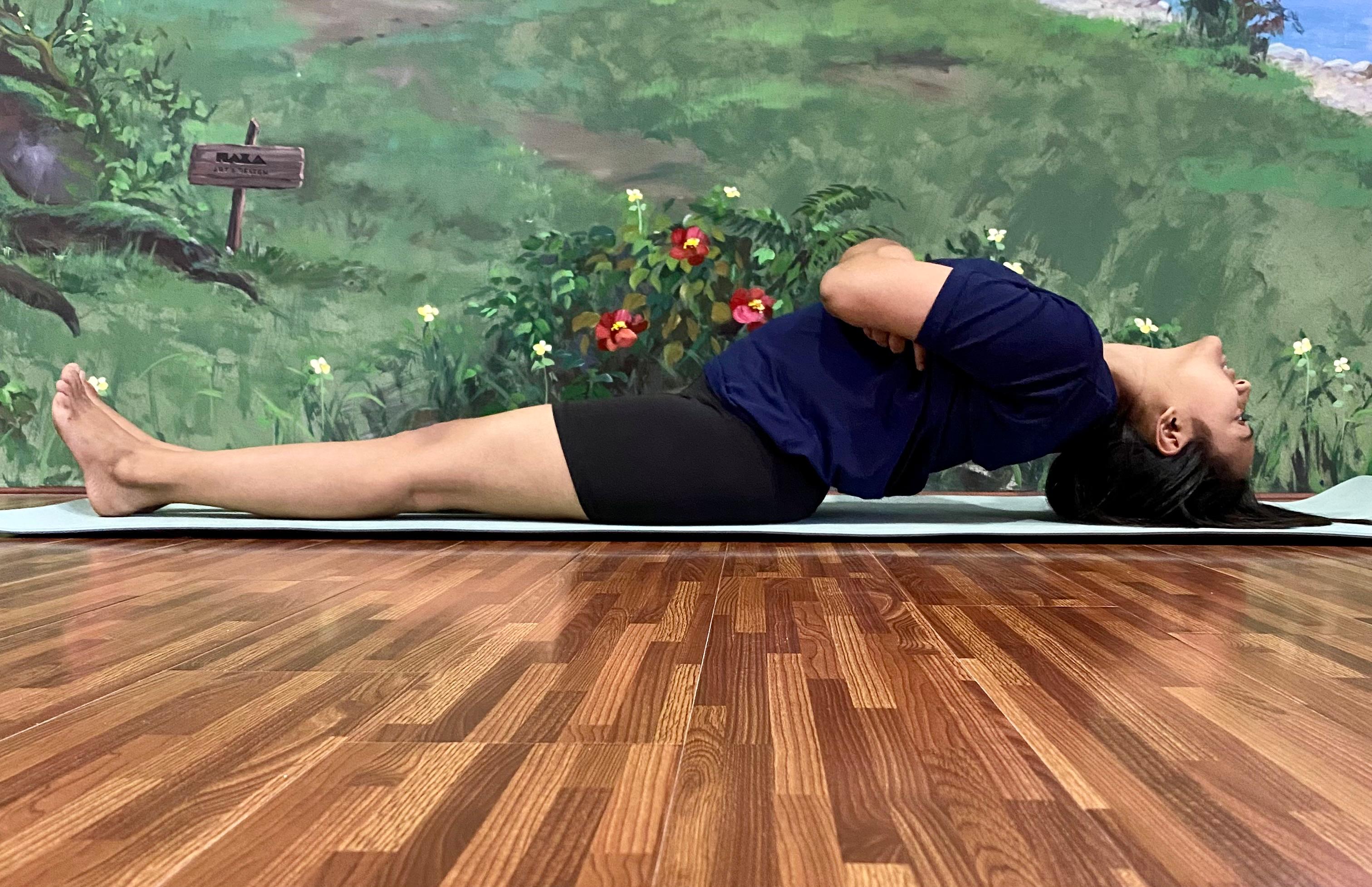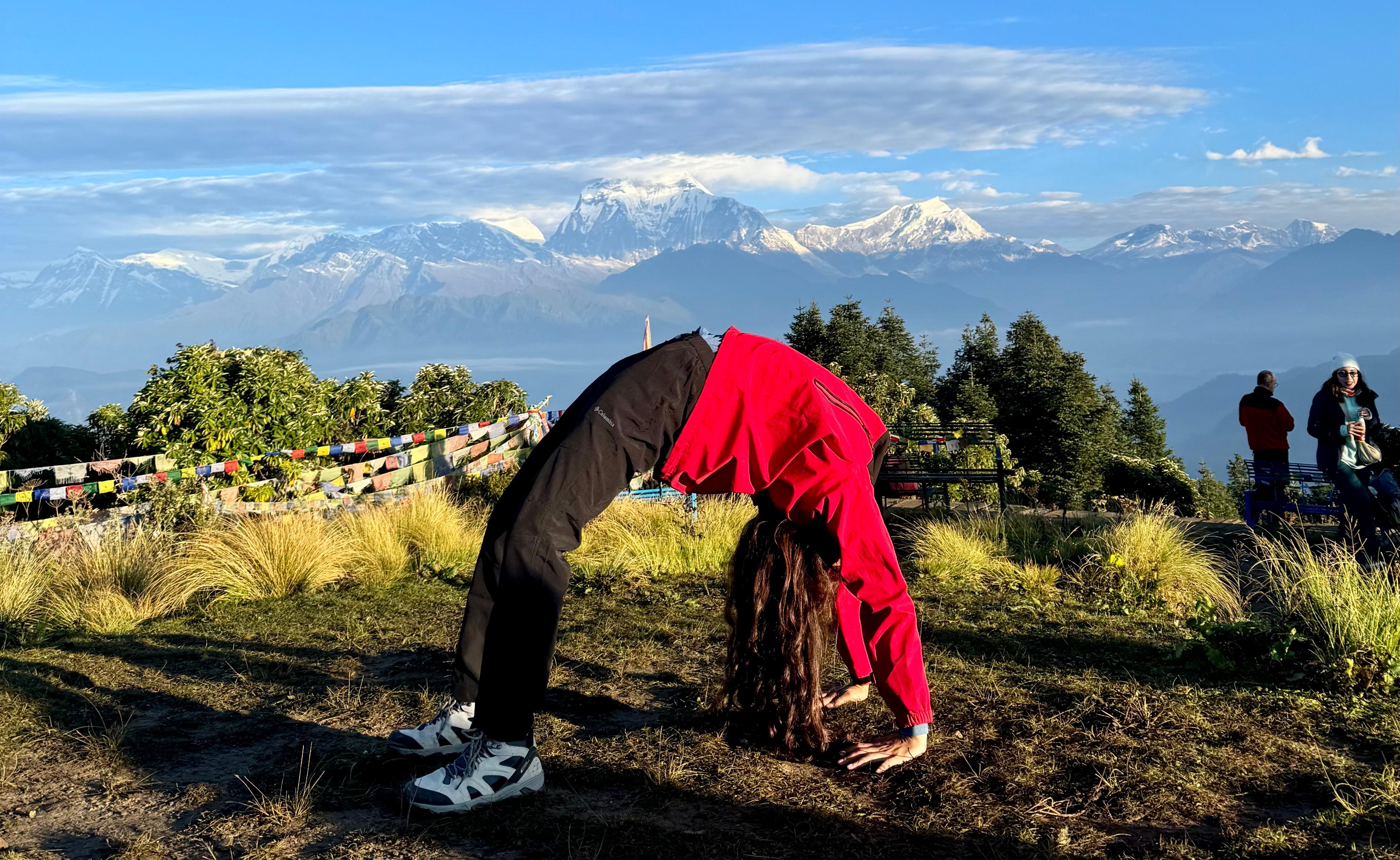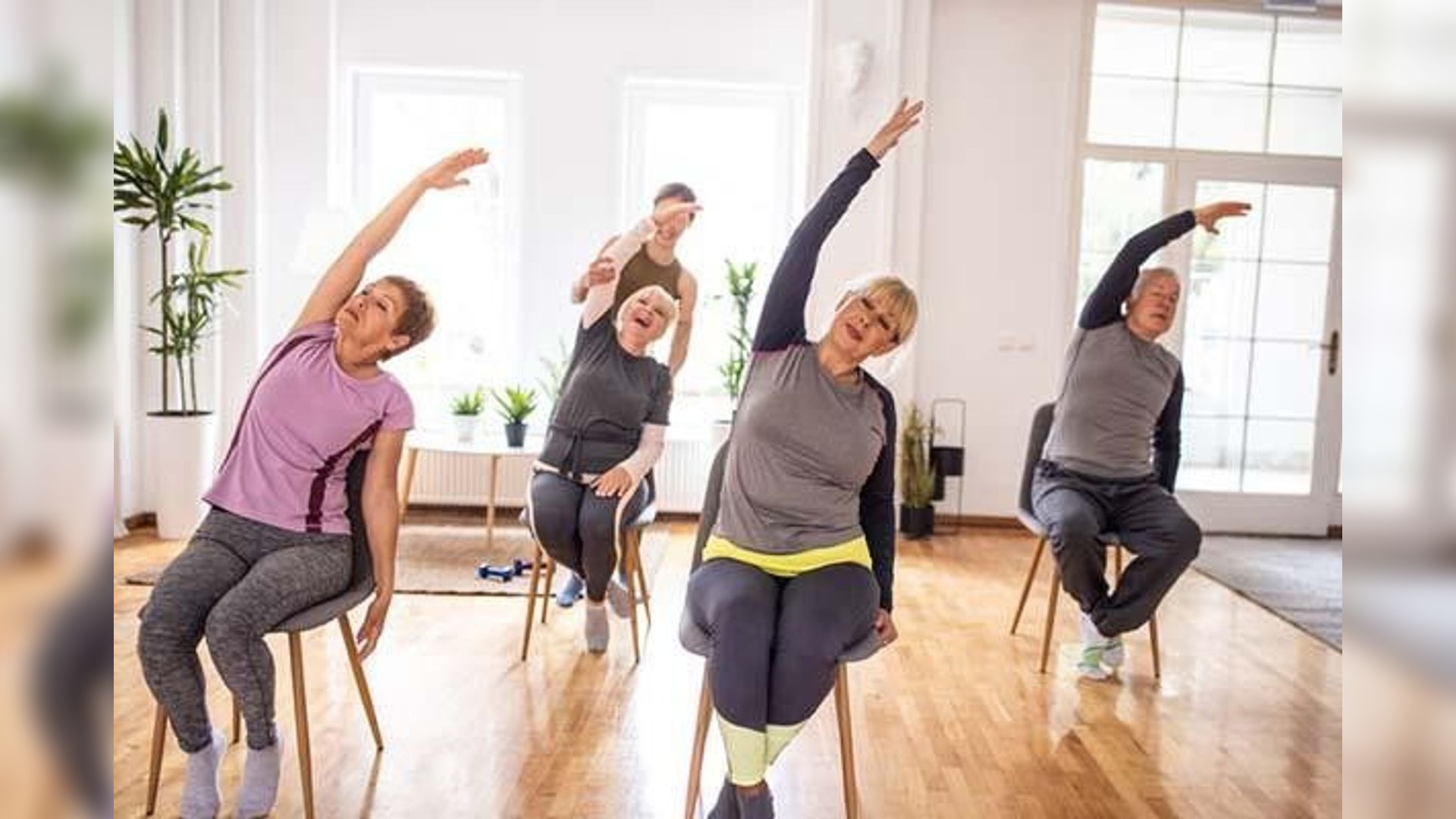Ashtanga Vinyasa Yoga is one of the branches of Hatha Yoga. The term "Ashtanga" translates to "eight-limbed," referring to the eight-fold path described in the Yoga Sutras of Patanjali. In this path, Asana (physical postures) and Pranayama (breath control) are essential limbs, but Ashtanga also includes ethical practices such as Yama (moral codes) and Niyama (personal observances), along with advanced practices like Dharana (concentration), Dhyana (meditation), and Samadhi (union with the divine).
While Ashtanga Vinyasa Yoga is deeply rooted in the Hatha Yoga tradition, it follows a distinctive system of practice. Unlike the general forms of Hatha Yoga known to most practitioners, Ashtanga Vinyasa Yoga adheres to specific sequences of postures (or series) that build in intensity, flexibility, and strength. These series include the Primary Series, Intermediate Series, and advanced levels (A, B, C, D), each designed to progressively challenge both the body and mind.
The Rise of Ashtanga Vinyasa Yoga
Today, Ashtanga Vinyasa Yoga is one of the most popular styles of yoga, particularly among young adults and fitness enthusiasts seeking to develop flexibility, stamina, and mental clarity. The practice is continuous, moving seamlessly from the opening prayer to the closing prayer, with no breaks in between. This flow, called "Vinyasa," links breath to movement, creating a meditative state that encourages focus and presence.
Despite the demanding nature of the practice, this structured flow—without interruption—emphasizes discipline and self-control, key principles of Ashtanga Vinyasa Yoga. The intense physical challenge is accompanied by spiritual development, aiming to unify body, breath, and mind.
The Roots of Ashtanga Yoga
The origins of Ashtanga Yoga can be traced back to the ancient text Yoga Korunta, attributed to the sage Vamana Rishi, and believed to be over 500 years old. The teachings were passed down through the generations, reaching Sri Tirumalai Krishnamacharya in the early 20th century. It was Krishnamacharya who taught this method to Sri K. Pattabhi Jois, a dedicated disciple who began learning Ashtanga in 1927. Jois later popularized the practice worldwide, establishing the Mysore Ashtanga Yoga tradition.
Although rooted in Hatha Yoga, Ashtanga Vinyasa Yoga is a distinct practice with a focus on synchronized movement and breath. It is this system that has inspired many modern yoga styles, including Power Yoga and Dynamic Yoga.
Awaken the Fire Within: The Method of Ashtanga Vinyasa Yoga
The practice of Ashtanga Vinyasa Yoga is based on the Vinyasa method, which involves linking breath with movement to create a dynamic and flowing practice. This system increases blood circulation, detoxifies the body, and enhances both physical and mental well-being.
Key elements of the method include:
- Deep Breathing (Pranayama): Deep, rhythmic breathing, especially Ujjayi breathing, is central to the practice. Ujjayi, or "victorious breath," involves inhaling and exhaling through the nose with a soft sound from the throat. This controlled breath increases oxygen intake, calms the mind, and supports the internal heat generated by the practice.
- Vinyasa (Movement and Flow): The continuous flow of postures, linked by breath, creates heat within the body, which helps eliminate toxins through perspiration. The repetitive nature of the practice improves flexibility and strength over time while sharpening focus and concentration.
- Steady Gaze (Drishti): Focusing the eyes at specific points during practice, called Drishti, enhances concentration and inner awareness. By directing the gaze to one of nine specific points (such as the thumbs, navel, or third eye), practitioners can deepen their mental focus and enter a meditative state.
Vinyasa: The Breath-Movement Connection
Ashtanga Vinyasa Yoga ignites an inner fire by coordinating breath and movement. The heat generated in the body purifies both the body and mind. As the heat rises, the muscles become more flexible, allowing for deeper movement, while toxins are burned away. This process leads to a sense of lightness and strength, both physically and mentally.
The Tristhana Method
In Ashtanga Vinyasa Yoga, the practice is built around three focal points known as Tristhana:
- Breath (Pranayama): Deep and controlled Ujjayi breathing.
- Posture (Asana): The physical postures practiced in the series.
- Gaze (Drishti): The specific points where one focuses during each posture.
These three elements work together to purify the body, calm the mind, and enhance concentration.
Fundamentals of Ashtanga Vinyasa Yoga
- Breath: The Ujjayi breath, characterized by a deep sound produced from the throat, is essential to the practice. It enhances focus, energizes the body, and assists in detoxification by promoting steady oxygen flow and perspiration.
- Vinyasa: The linking of postures with breath creates a continuous, rhythmic flow. This flow generates heat, which detoxifies the body and facilitates deeper movements. Vinyasa also sharpens mental focus, enabling practitioners to stay present during the practice.
- Bandha (Locks): Bandhas are energy locks used to control and direct prana (life force) within the body.
- Mula Bandha: The root lock, located at the pelvic floor.
- Uddiyana Bandha: The abdominal lock, located two inches below the navel.
- Jalandhara Bandha: The throat lock, formed by lowering the chin slightly and raising the chest.
- Drishti (Gaze): The focus points for each posture encourage concentration and mindfulness. The nine Drishtis are:
- Thumb
- Third Eye (between the eyebrows)
- Navel
- Tip of the nose
- Hands
- Toes
- Sky (upwards)
- Sideways (left or right)
- Straight ahead
These locks help contain and direct energy, supporting the flow of prana throughout the practice.
Ashtanga Vinyasa Yoga is a powerful system of traditional Hatha Yoga that offers both physical and mental benefits. Its continuous flow, deep breathing techniques, and focused gaze help practitioners develop strength, flexibility, and mental clarity while purifying the nervous system. Through consistent practice, one can awaken their inner fire, enhance their connection to the self, and experience the union that is the essence of yoga.
Recent Blog Posts
Vegetarian Sources of Good Fats
Dec 03, 2025

When Is the Best Time to Practice Yoga?
Oct 28, 2025


.jpeg)